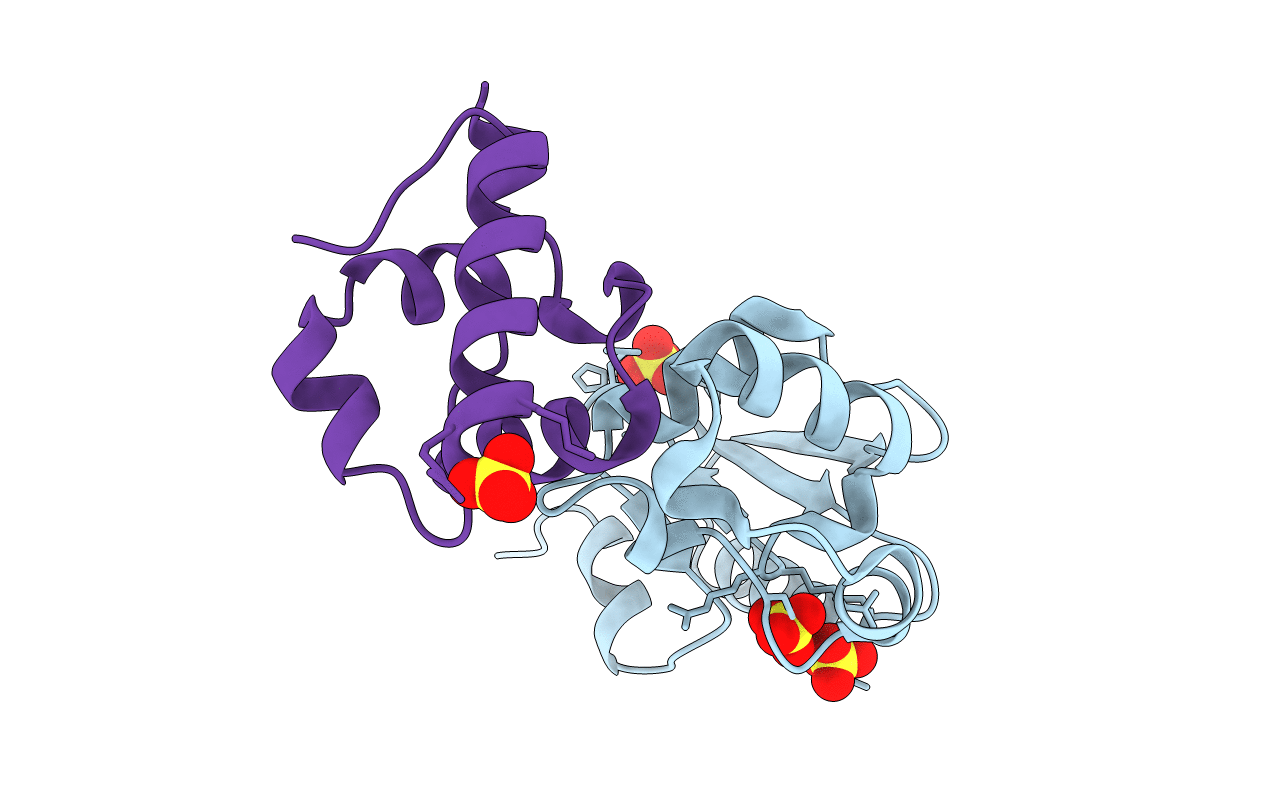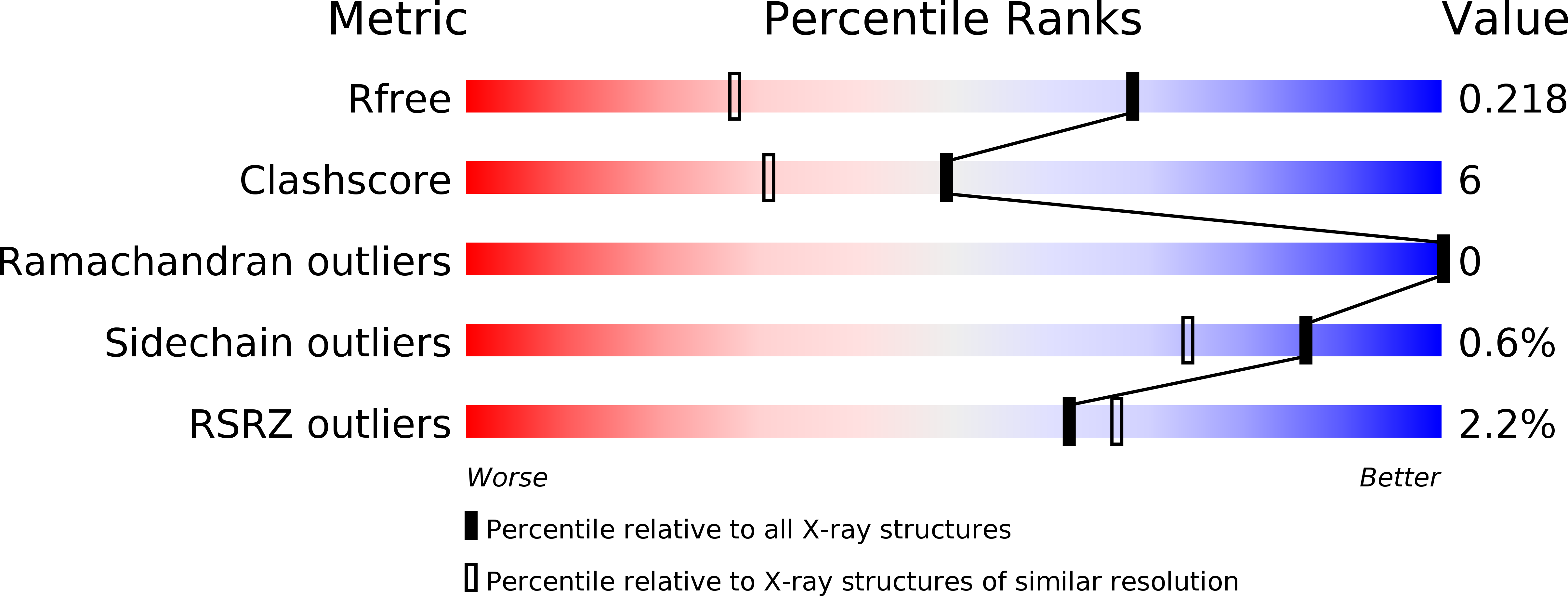
Deposition Date
2005-03-11
Release Date
2005-10-11
Last Version Date
2024-10-30
Entry Detail
PDB ID:
1Z3E
Keywords:
Title:
Crystal Structure of Spx in Complex with the C-terminal Domain of the RNA Polymerase Alpha Subunit
Biological Source:
Source Organism:
Bacillus subtilis (Taxon ID: 1423)
Host Organism:
Method Details:
Experimental Method:
Resolution:
1.50 Å
R-Value Free:
0.22
R-Value Work:
0.19
R-Value Observed:
0.19
Space Group:
H 3


